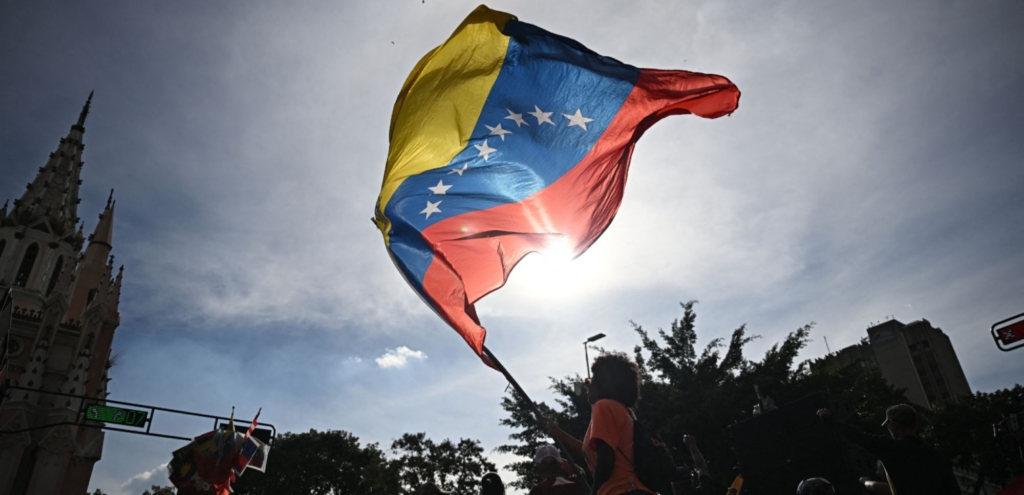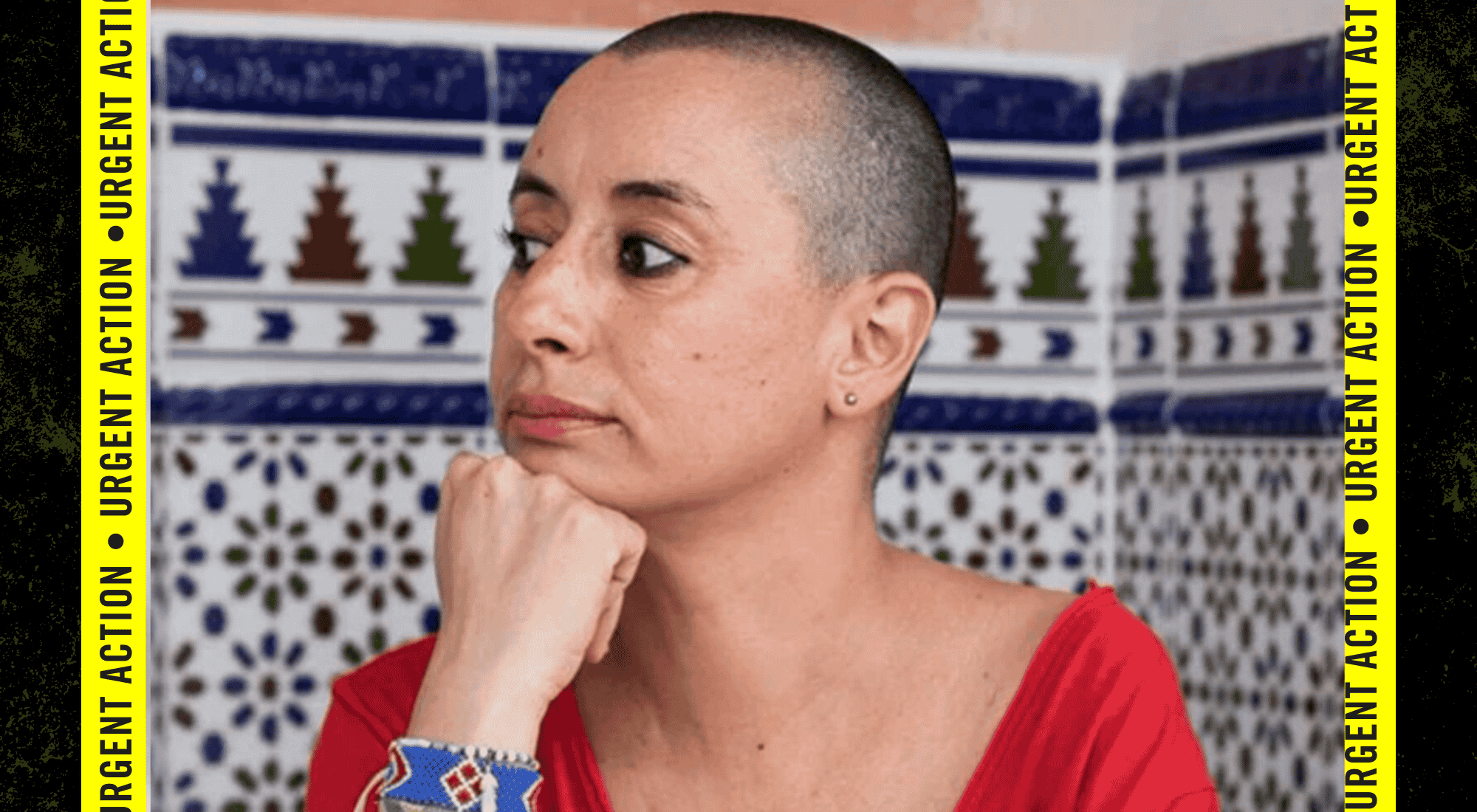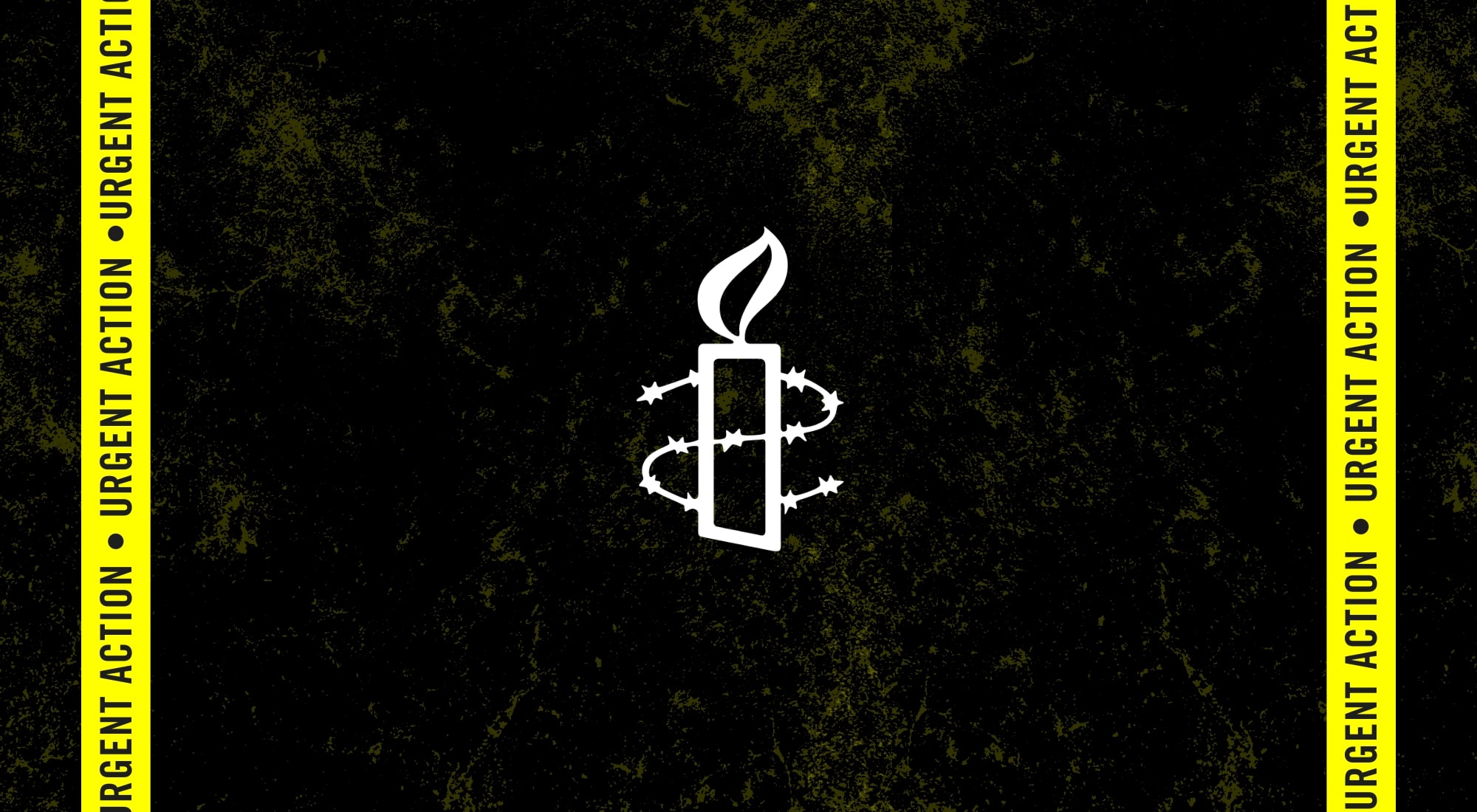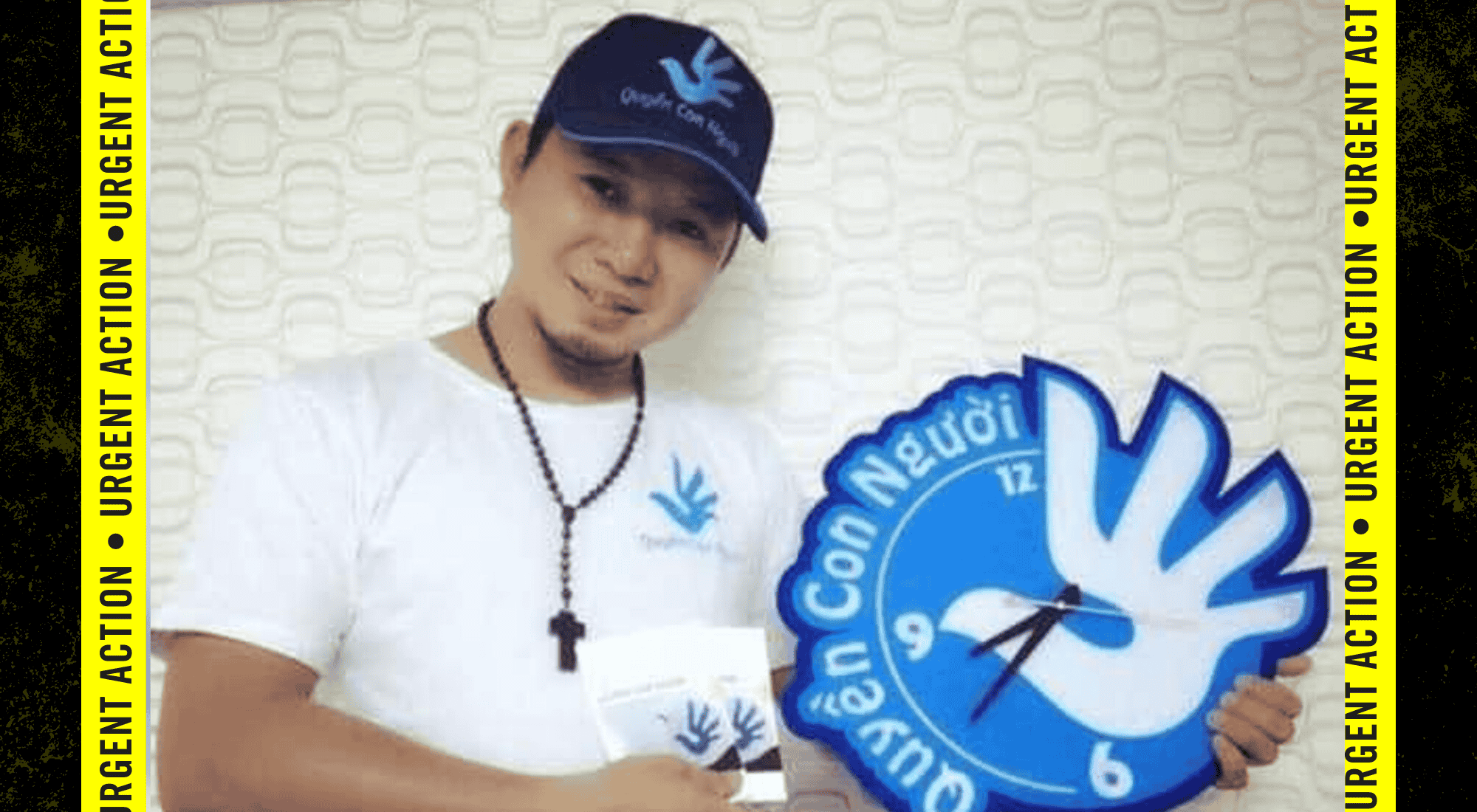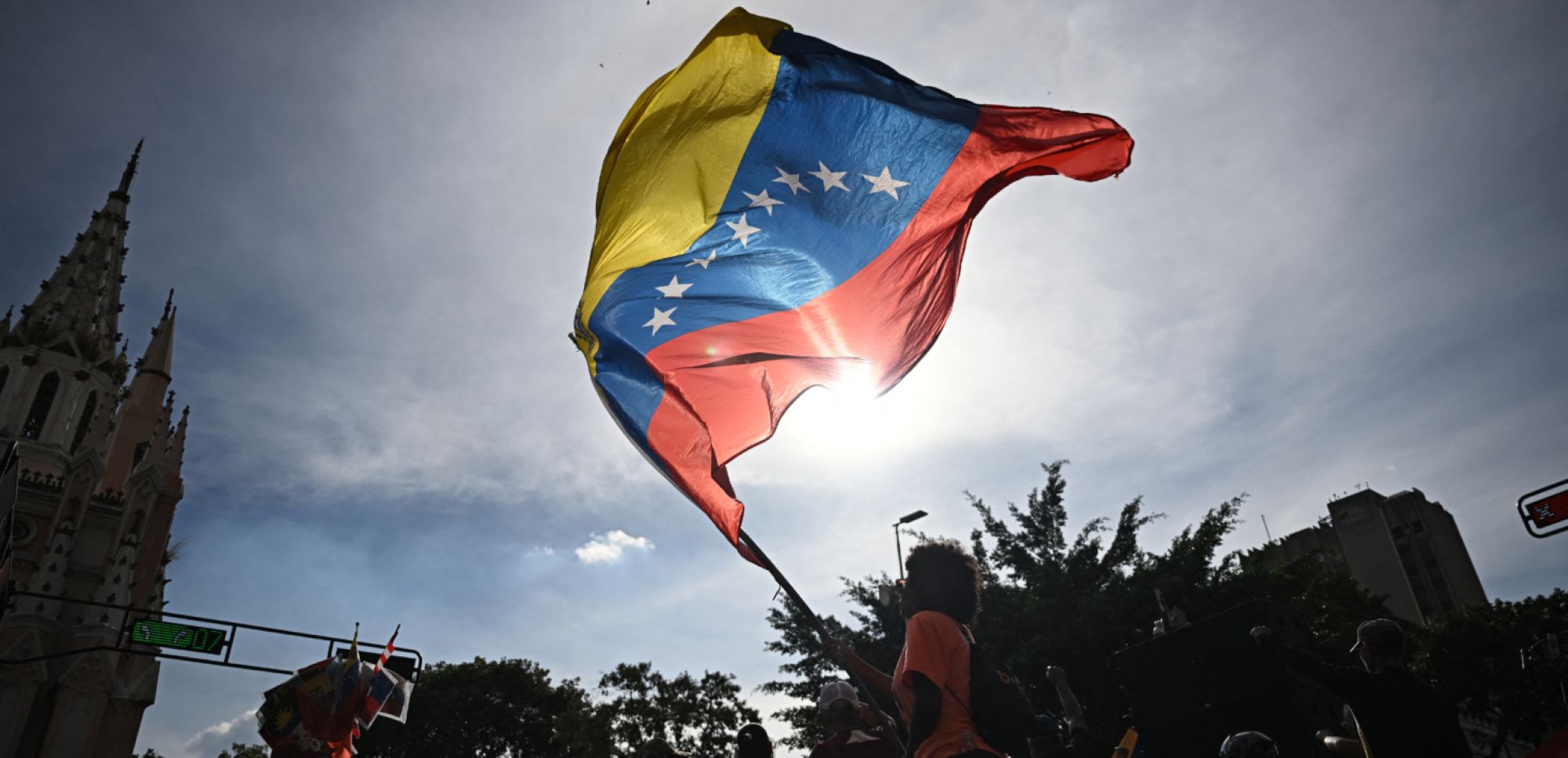The stench of rotting flesh coming from the tiny, cramped cell overpowered him. This was the smell of torture.
,
As soon he set one foot inside the small room at a police detention centre in Nigeria’s capital, Abuja, Forensic Doctor Duarte Vieira was shocked. He had never seen anything as bad – and he had seen plenty.
,
Amongst the 45 men, women and children held in a space originally built for six people, he saw a man with a rotting bullet wound on his foot. And then another. And a third one.
,
The wound on the ankle of a fourth man had gone untreated for so long that his foot was literally decomposing; attached to the leg by a thread of skin.
,
Dr. Vieira immediately knew this was a form of torture used to punish prisoners.
,
“I never thought I was going to see anything like that in a living human being. People were shot on their feet before being interrogated as a way of showing them what to expect next,” he told Amnesty International.
,
Torture?
, Portuguese born Dr. Duarte Vieira, one of world’s leading medical forensic experts, was documenting reports of torture in detention centres in Nigeria as part of a 2007 mission by the then UN Special Rapporteur on Torture, Manfred Novak.
,
Since then, he has visited detention centres across the world, documenting the use of torture and other ill-treatment for a variety of reasons, including as a form of punishment or to extract “confessions”.
,
His conclusions are used as evidence in courts, asylum claims and official reports.
,
“We use medical techniques to advance justice. We interpret the evidence and try to establish all facts. The expert acts as the glasses of the judge and helps him make a decision based on the clearest possible version of reality,” Dr. Vieira explained.
,
During the visits he examines and interviews detainees about their traumatic experiences.
,
“Sometimes the detainees don’t say anything because they are scared, but most of the time I only have to look at them to see something has happened because of the marks on their bodies, because of the way they act and even how they talk.”
,
Dr. Vieira documents the size, colour, depth and orientation of injuries in order to establish if they were caused by an accident, the result of a medical treatment, the natural consequence of a disease or a wound inflicted by another person. Everything is recorded in detail.
,
A private interview with the detainee usually helps fill in any gaps.
,
“I have to interpret the evidence and evaluate all possible causes. When you see a burn or a scar, for example, it does not mean that the person was tortured. The mark could have been an accident, or an old injury or it could be self-inflicted so I have to evaluate if what the detainee says is consistent with what he is showing. If someone says, for example, that he was injured 15 days ago and I can see the scar is seven months old, then it doesn’t correspond. Or if a prison guard tells me that the prisoner fell down the stairs and I can see that the injuries are not typical of that.”
,
“If I see a detainee with a burn mark and he tells me it was done with a hot iron to make him confess and I see only one detainee with that type of mark, I cannot say he was tortured. I can say it is a possibility but I cannot exclude that he was burned accidentally. However, if I see the same pattern of burns in several detainees then I can tell that it is unlikely all detainees would burn their backs accidentally so it is a pattern that shows me it is quite likely they were tortured.”
,
Science of justice
, Just like Dr. Vieira, medical experts across the world have the challenging job of establishing if an individual has been tortured, otherwise ill-treated, or not. When they exist, medical reports usually make an important part of a legal case against a particular government or are crucial factors when an individual applies for asylum in another country.
,
Experts are trained for years in forensic science – a branch of medicine that, among other thing, deals with identifying signs of abuse in individuals and in human remains.
,
However, physical injuries are only half of the story. With torture techniques becoming more sophisticated across the world, perpetrators aim to leave few, if any, physical marks on detainees and often rely on psychological torture instead.
,
Techniques used often include sleep deprivation, humiliation, mock executions, threats of abuse and sensory deprivation, amongst many others. Proving they were practised is difficult.
,
Dr. Juliet Cohen is Head of Doctors at Freedom from Torture, a UK-based organization that focuses on the treatment and rehabilitation of torture survivors.
,
She says evaluating whether someone has suffered psychological torture is usually extremely challenging.
,
“We evaluate how individuals conduct themselves, their behaviour, how they speak and how that changes during the course of the examination. The information that they give, the things they find very difficult to talk about, the impact that the torture has had on them. I ask a lot of questions about how they get through the day and particularly revealing can be questions about their sleep, what happens at night time. Torture might not leave any physical evidence and people might not fall into very neat categories for diagnosis so it is very important to get a very detailed picture of what happened and how it has affected them,” Dr. Cohen explained.
,
One of the tools used by forensic doctors is the Manual on the Effective Investigation and Documentation of Torture and Other Cruel, Inhuman or Degrading Treatment or Punishment, known as the Istanbul Protocol.
,
The Protocol, issued in 1999, contains detailed standards and procedures on how healthcare professionals can recognize and document symptoms of torture and other ill-treatment, so that their findings may then be used as evidence in court.
,
Dr. Vieira agrees that torture techniques have evolved to become more sophisticated but experts have ways of determining if an individual has been tortured
,
“Most forms of torture are designed not to leave any kind of marks in the body but there are ways to know if someone has been tortured. Torture survivors would usually describe particular experiences, the room they were tortured in, the colour of the walls, the light in the roof, the clothes of the torturer. Also when several people describe the same story that shows me a pattern that is repeated and that shows that the practice is happening.”
,
Dr. Vieira is hopeful about the future. He thinks achievements in forensic medicine are key for the advancement of justice, which is what he works for every day.
,
“We will never eradicate torture but at least I hope that those responsible will face justice. Today the situation is much better than it was 20 years ago and I hope that today it is much worse than it will be in 20 years.”
,
















